Words and images
courtesy of Peregrine Adventures.
China’s Great Wall stretches for over 6000kms, all the way from Jiayuguan in the northwest to Hushan in the Liaoning province. That’s a lot of Wall to see.
Experts reckon it would take an average person 18 months to walk the whole thing, but most travellers don't have 18 months to dedicate to a wall, no matter how ‘great’ it is. So how do you choose which section of the Wall to see first? And if you only have one day allocated to wall-walking on your itinerary, where should you spend it? Generally speaking, a China small group tour is a good place to start – your local guide will pick a section of the Wall to suit the season and your itinerary – but here's a good guide to get you started.
The best restored – Mutianyu
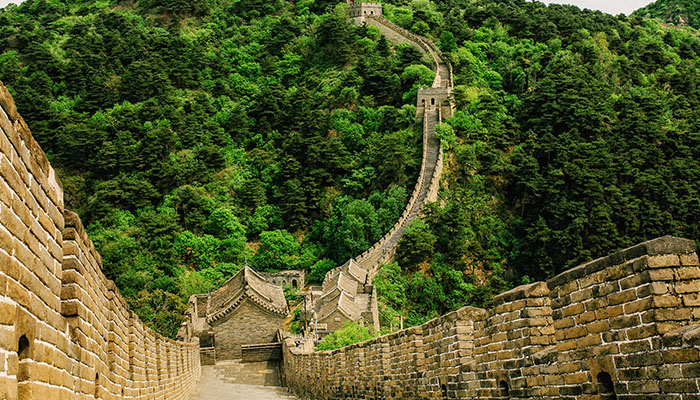
Mutianyu is the most popular section of the wall for foreign visitors, although it’s still a lot quieter than the local favourite, Badaling. Chances are, when your Google ‘Great Wall images’, you’re looking at Mutianyu. Thanks to extensive restoration work, Mutianyu is probably the best-preserved example of what the Wall once was. It’s a good section for children or the elderly too – the drive from Beijing is only about 90 minutes and there’s a cable car up to Watchtower 15 if you’d like to just walk a short section. There’s even a toboggan ride down from the highest point.
The most popular – Jinshanling
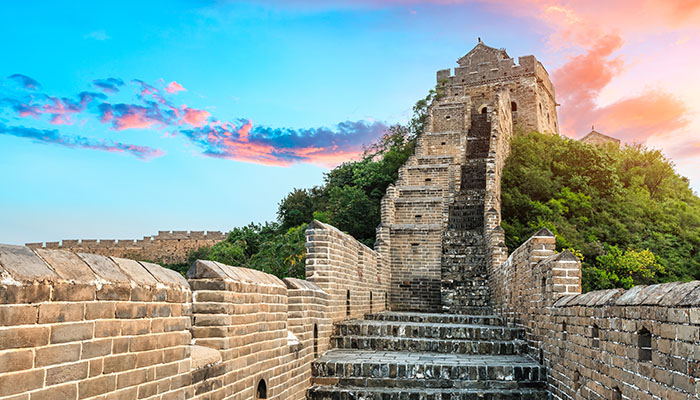
If you only had time to visit one section of the Great Wall, you could do worse than Jinshanling. It’s the most popular section for a reason. Stretching for 10km over some of the most mountainous and breathtaking scenery in China (and with 67 well-preserved watchtowers along the way), it’s a section of the Wall guaranteed to fill up your camera’s SD card with shot after perfect shot. To reach this more remote wilderness, you'll need to commit to a full day tour (the drive from Beijing is about 2-3 hours). If you’ve got your heart set on Jinshanling, try to visit in a shoulder season to avoid the worst of the crowds (March or November are good).
The most dangerous – Jiankou
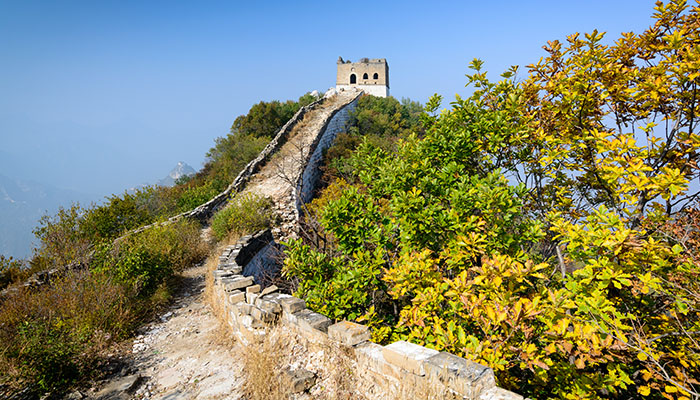
Jiankou isn’t for the faint of heart. With its broken masonry, original foundations and steep climbs, it’s probably the wildest section of the Wall (well, the wildest you can feasibly visit). Local guides can guide you to Jiankou through nearby villages, but don’t attempt it if you’re not ready for a serious climb. Why bother, you may ask? Jiankou hasn’t been well restored, which means most of it is completely original. It’s also gorgeous in its own dilapidated way: rugged ridges and ancient crumbling masonry. The climb to the ruined Zhengbel Tower is straight out of Indiana Jones, which makes it one for the more serious of hikers.
The most diverse – Simatai
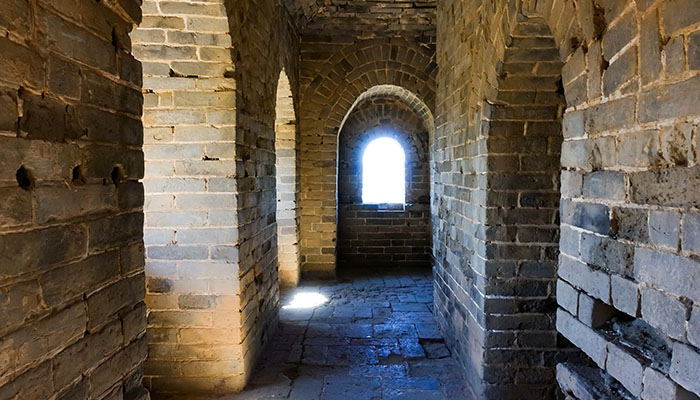
Simatai is a more peaceful section of the Wall, known for its varied architecture and semi-ruined beauty. It’s one of the few section of the Wall to keep its original appearance, with a 5km section dating all the way back to the Ming Dynasty. You start your climb from Gubei Water Town, a cute reconstruction of an ancient town at the foot of the Wall itself. There’s a cable car up to Watchtower 10 if you want to rest your legs on the ascent, and for the more adventurous there’s a thrilling zipline over a river on the way down. Hikers won’t be disappointed either: Simatai offers a challenging climb, but a much safer one than Jiankou.
The most unique – Huanghuacheng
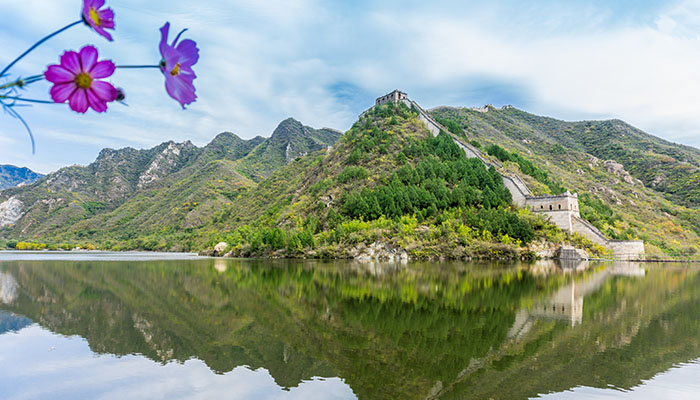
Huanghuacheng is unlike any other section of the Wall, mostly due to its stunning lake scenery, mixture of restored battlements and wilder, more original watchtowers. It’s one of the few parts of the Wall that really benefits from seasonality too: try to visit in the spring months (March, April, May) when the countryside is surrounded by a carpet of yellow wildflowers. You can even take a boat ride on the lake if you just want to soak up some rural tranquility. Despite all this, Huanghuacheng is probably one of the least visited sections of the Wall. A rare gem in peak season.
The best history – Gubeikou

Situated a couple of hours from Beijing, Gubeikou was the site of over 130 battles with marauding Mongol tribesmen (the hordes the Great Wall was built to keep out). The reason for its historical significance is mostly geography: it guards an important pass into Beijing. The Wall itself at Gubeikou is pretty wild and unrestored, which is a nice change if you’ve already seen Jinshaning or Mutianyu on a previous trip. Definitely visit this section with an experienced local guide – without the stories of old battles, the site won't really come alive.
The best way to see the Great Wall? With an expert local guide. Contact your local Travellers Choice travel agent to learn more.